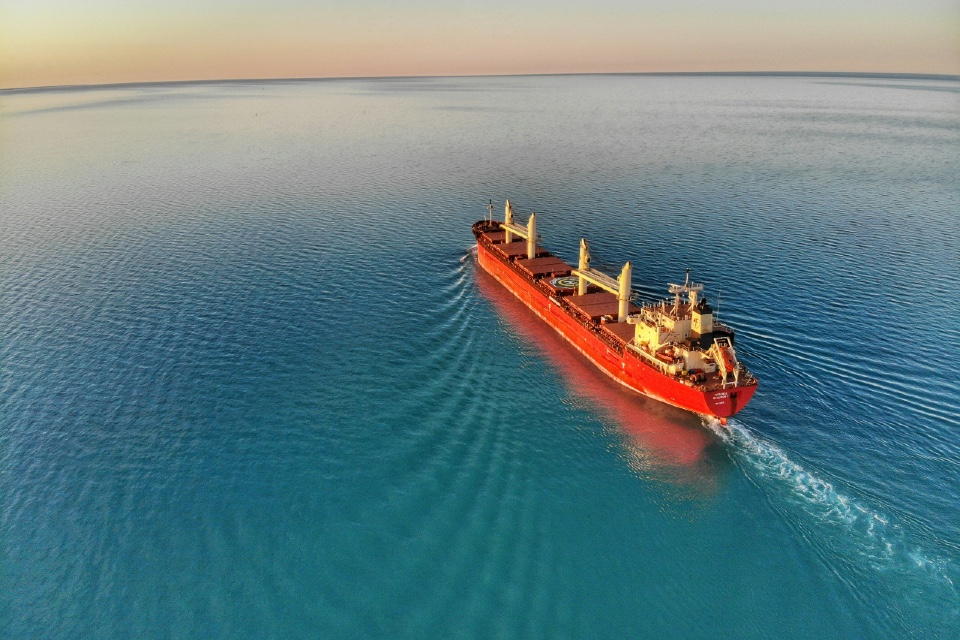The shipping sector is facing increasing operational complexities and resultant dangers at sea. With unpredictable weather patterns, an emergent shadow fleet and escalating dark ship activity, the presence of uninsured vessels, Red Sea targeting, and AIS technology vulnerabilities, the continued reliance on AIS as a single source of vessel location data is undermining the safety of fleets. Capt. Steve Bomgardner, VP of Shipping & Offshore at Pole Star Global, discusses how persistent tracking plays a crucial role in protecting vessels and crew...
Flawed Information
For some years, outside of Flags and shipping companies (that have always deployed persistent tracking solutions), the wider maritime sector has relied upon Automatic Identification System (AIS) to track and monitor fleets around the world. AIS alone, however, is today no longer enough to navigate this complexity. AIS can be easily spoofed, jammed or turned off by bad actors, to cover illicit activity such as drugs, people, and contraband trafficking, along with the illegal ship-to-ship (STS) transfer of sanctioned oil and LNG.
Additionally, the rise in attacks on shipping in the Red Sea and Gulf of Aden is prompting ship masters to switch off AIS tracking to avoid becoming a target. Yet without robust and reliable tracking, ships risk potentially devastating collisions that can lead to loss of life.
Data Reliance
Over the last decade, the shipping sector has become increasingly reliant upon data. From voyage planning, weather analysis & routing, voyage optimisation, emissions reporting, to advanced notice of arrivals, crews spend more time looking down at computer screens than up and outside the bridge. This technology reliance is of course great when it works; but if the data isn’t trustworthy, the vessel, its crew, and profitability will be at risk. The impact of delayed, spoofed, or non-existent AIS ship positions is significant in impacting safety, security, environmental, and sanctions compliance.
AIS is too vulnerable to safeguard shipping. A single source of tracking data does not deliver the rigour required. What is needed is a robust solution that overlays multiple tracking data sources, including AIS and secure point-to-point satellite tracking systems such as Inmarsat-C and Iridium. The addition of voyage plans when available and affordable Earth-Observation (EO) data when relevant, as well as real-time analytics, transforms the accuracy and reliability of vessel location data.
This multi-layered persistent tracking solution overcomes AIS vulnerabilities to deliver a far more reliable tracking system. For crew, confidence in the ship’s position is key, eradicating guesswork. For onshore personnel, any deviation in position from the planned route can be immediately flagged and investigated.
Safety and Well-Being
Accurate vessel position data worldwide allows ship owners to be significantly more proactive in mitigating the impact of immediate events on the crew. This is particularly key with the escalation of unpredictable weather events due to climate change. For example, the recent drought in the Panama Canal has forced ships to wait weeks for passage, prompting ship owners to either make substantial payments for expedited access or arrange overland transport for their goods. Such decisions not only impact delivery contracts and costs but also extend the time crews spend at sea, potentially disrupting planned leave and overall crew management. Moreover, incidents like the tornado or waterspout believed to have caused the rapid sinking of the yacht Bayesian underscore the critical need for reliable tracking in the face of climate change. Plus, increasing geopolitical threats and alerts about dark fleet activity further emphasise this importance of dependable tracking solutions.
Incorporating predictive analytics, artificial intelligence, and machine learning to accurately track vessels greatly enhances a ship owner’s ability to provide early warnings and alerts for potential dangers. This advanced approach also offers a deeper understanding of how events, such as the hazards in the Red Sea and issues in the Panama Canal, affect crew well-being.
Conclusion
Vessel crews are now 100% reliant upon data and, as the shipping industry moves towards an autonomous future, the accuracy of that data is paramount. With multiple, diverse vessel detection technologies feeding into live dashboards, both on-board crew and onshore support staff can be confident in their ability to avoid risk, mitigate danger and take the right decisions to safeguard vessels and crew at all times.
Photo by Chris Pagan on Unsplash




